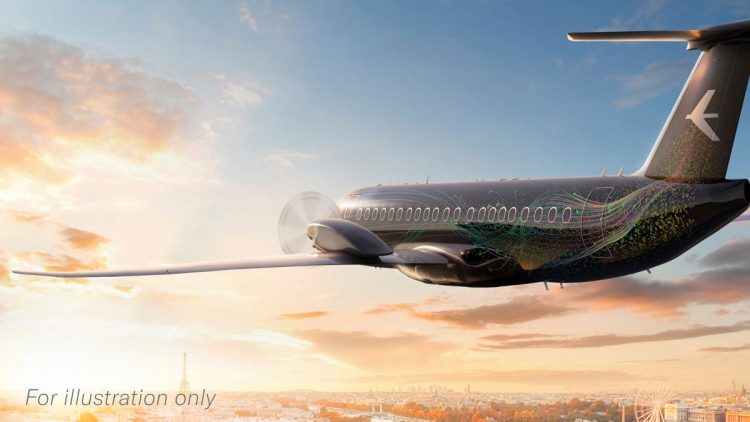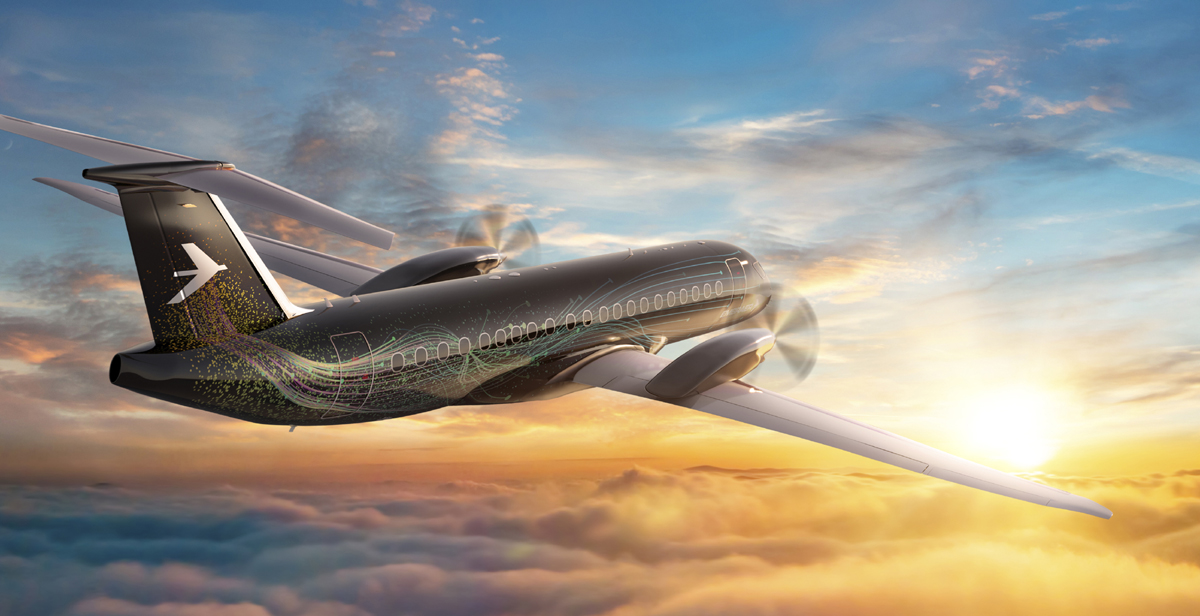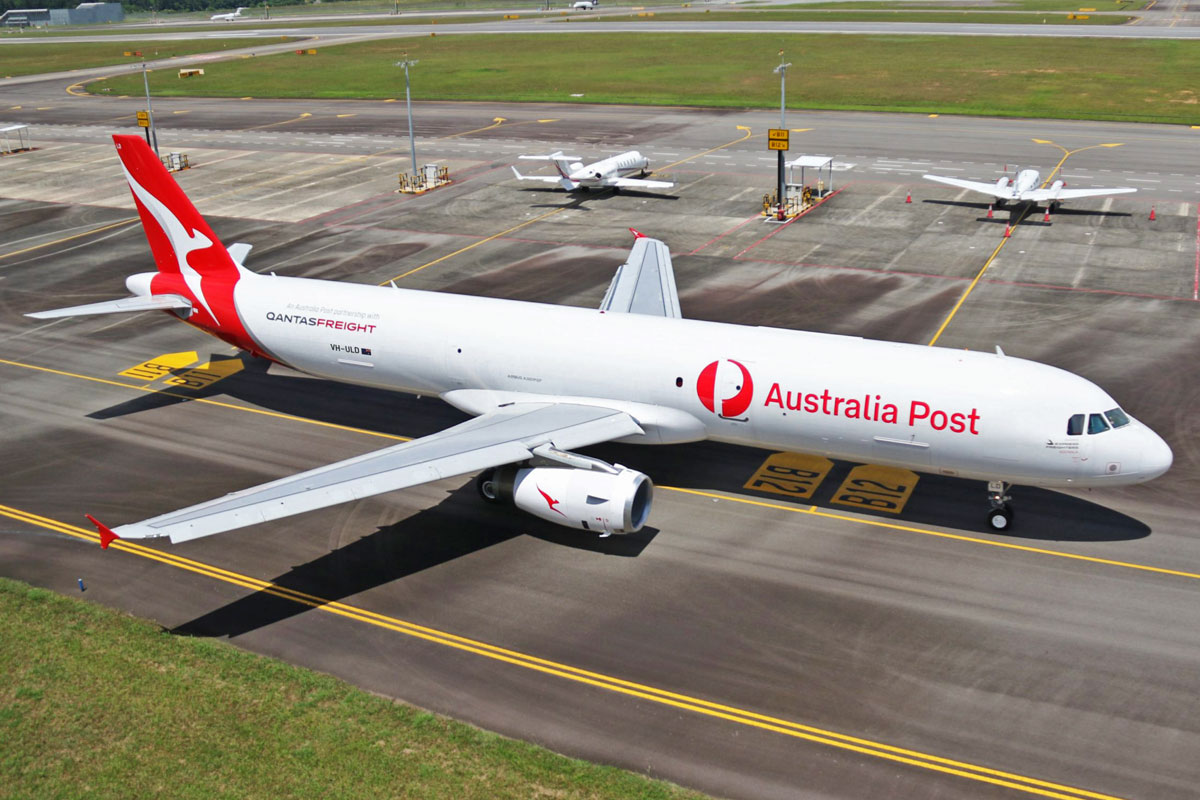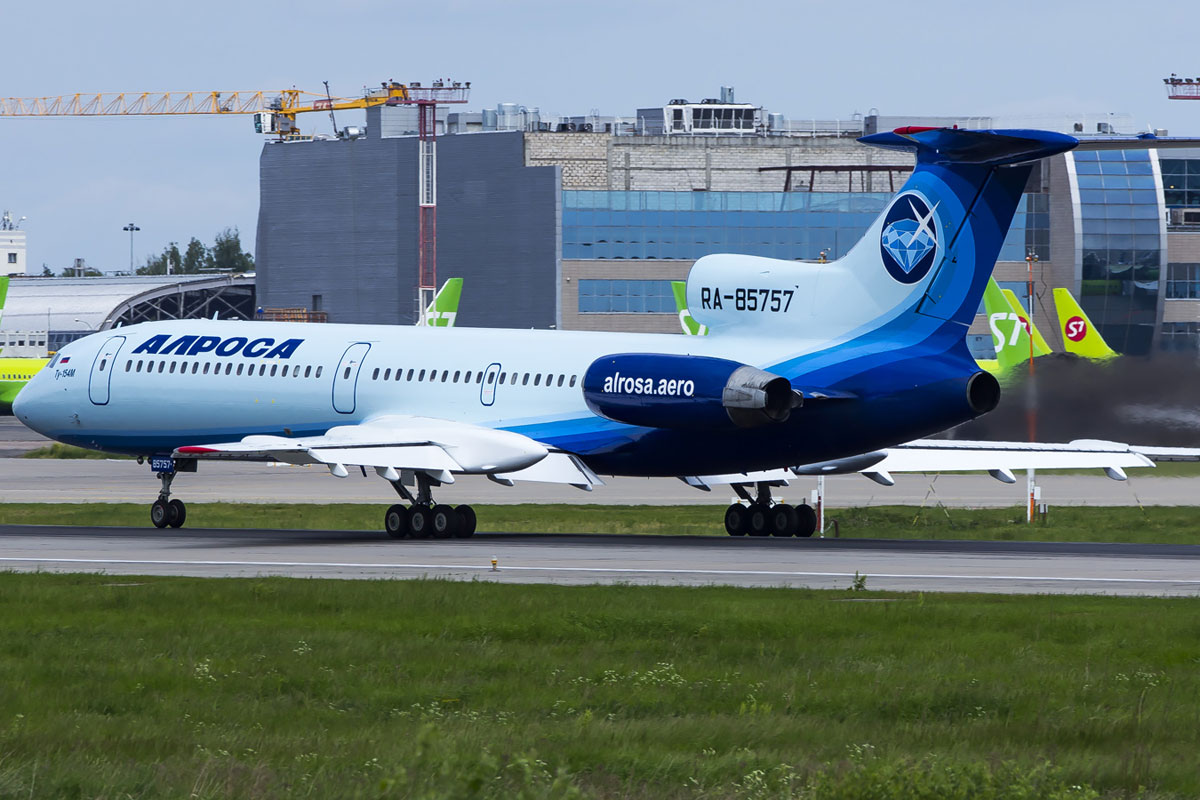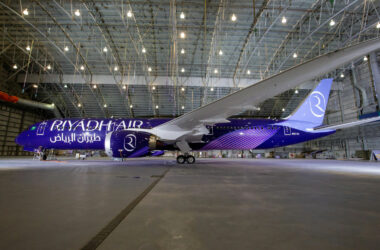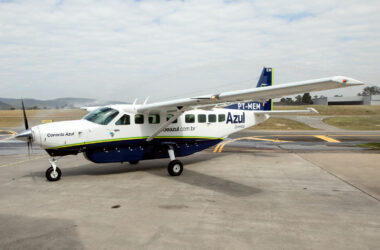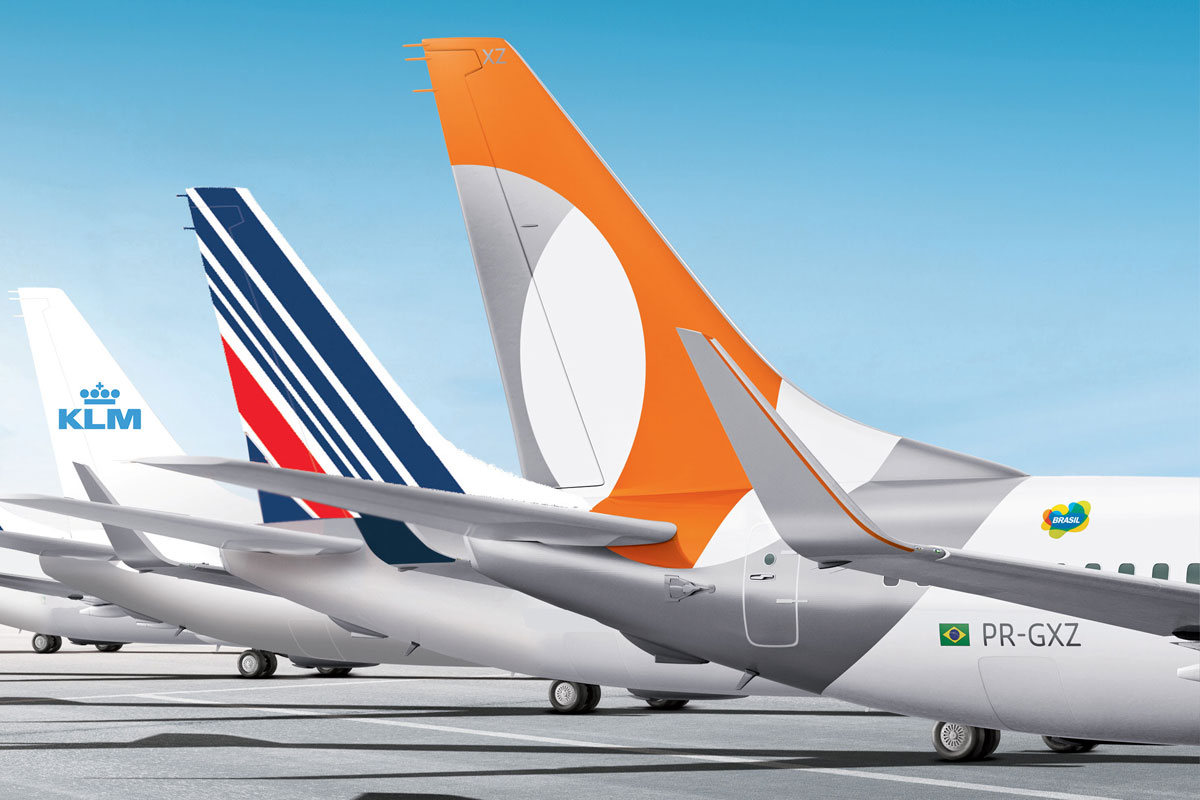For the first time since it admitted to studying a new passenger turboprop, Embraer released an image that shows what the future aircraft might look like. Although it points out that it is only an “illustration”, the concept anticipates some paths that the manufacturer may take if the project is actually launched.
Their first sign is that Embraer seems to prefer a low wing aircraft, unlike the main competitors in this segment, the ATR and Dash 8, both with high wing. Speaking of them, the concept seen in the single image adopts the same configuration as the EMB-120 Brasilia, the company’s last passenger turboprop.
This means adopting a T-tail instead of a conventional solution as in E-Jets. Years ago, an internal drawing circulated on the internet showing what appeared to be a turboprop aircraft that used various components of Embraer’s jets.
The illustration also shows a very advanced profile wing and a turboprop engine installed on it, in a solution unprecedented by the manufacturer. The propellant in question appears to be of the conventional type, with no sign of a hybrid solution or one that uses hydrogen, as Airbus has studied.
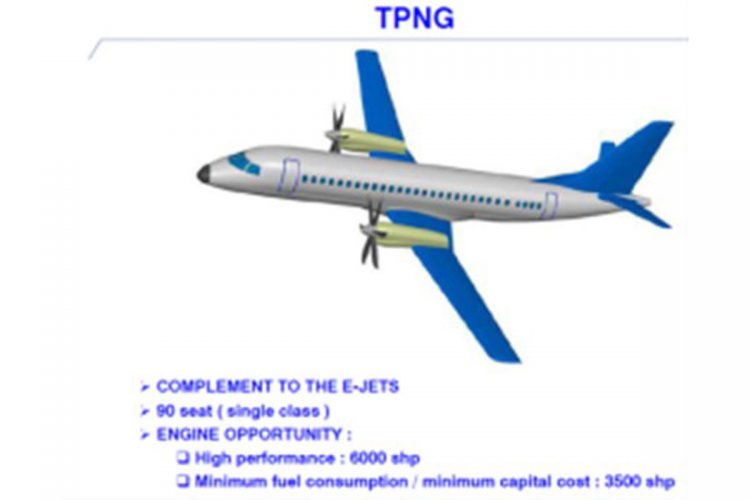
Although the size is much larger than Brasilia, the new turboprop does not show such a high capacity. Based on the number of windows (21), this hypothetical plane could carry about 70 passengers. As a reference, the E175 has 20 passenger windows, but with a greater spacing than seen in the image released on Thursday.
The fuselage section also appears to differ from E-Jets, being smaller, visually. Despite this, it is almost certain that it will have rows of four seats.
Promising market
In a podcast with the Air Finance Journal, the vice president of marketing for Embraer’s commercial division, Rodrigo Silva e Souza, reinforced that the company sees the turboprop segment in a promising way. The VP of marketing explained that Embraer intends to attract business partners and not just suppliers for the new turboprop project.
Rodrigo, however, believes that new propulsion technologies that are about to emerge will be used first in aircraft with up to 50 seats. The statement is in line with statements by the company’s president, Francisco Gomez Neto, who considered the future turboprop a conventional aircraft.
